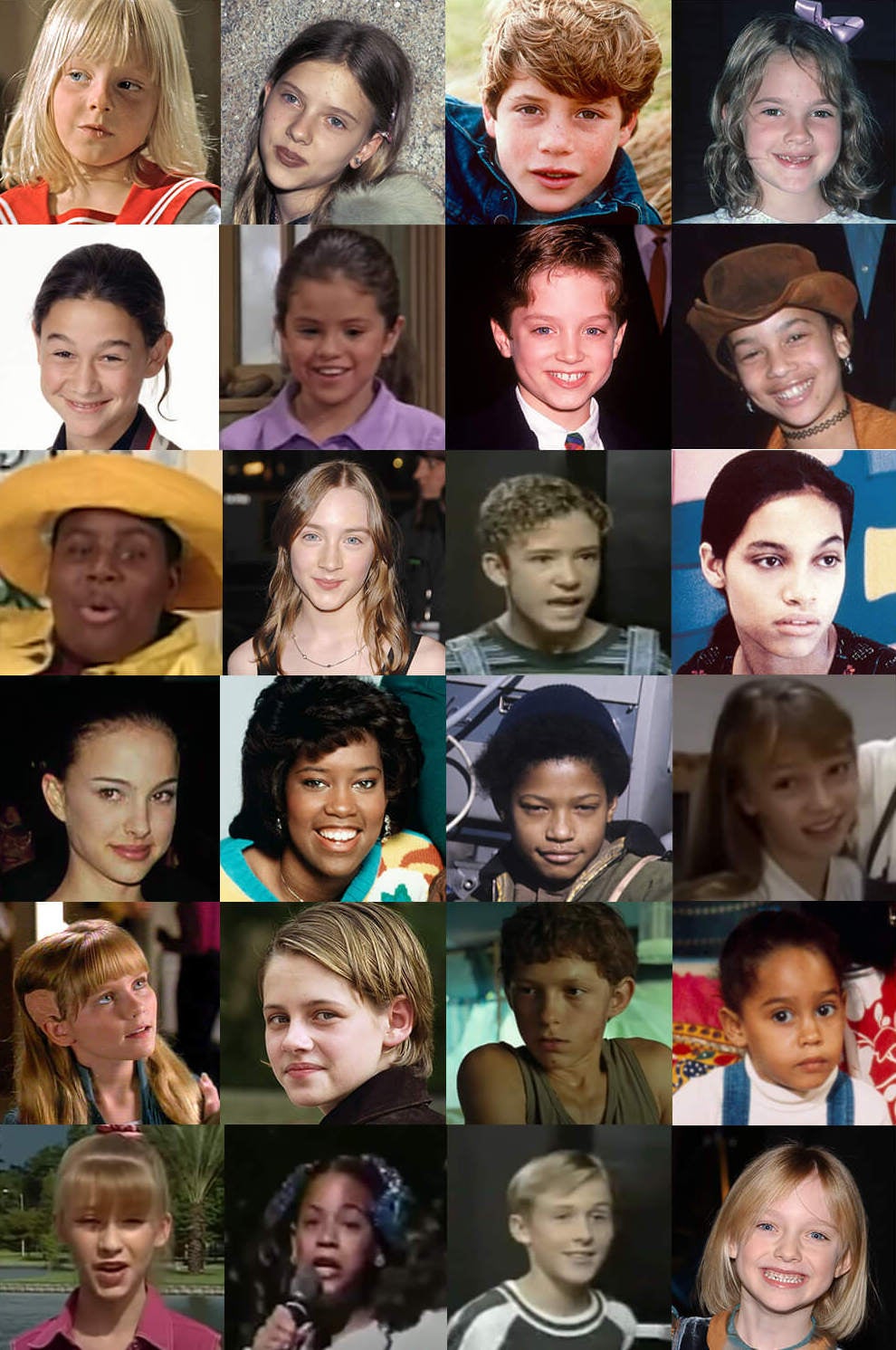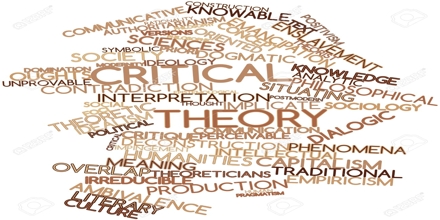
These are performances or events in which art works are the subject. They are usually performed art, but may also be theatre or another type of entertainment. This term was first used by Allan Kaprow in the 1950s. Happenings have become a popular phenomenon in many arts, including dance and theater. To learn more about happenings, read on. Here are some examples. They are an excellent way to introduce yourself to contemporary art.
Performance art
There are many ways to present performance art, but what makes it different from other forms of art? It incorporates chance and spontaneity, in its simplest form. Unlike other forms of performance art that often focus on theatrical ethos, Happenings are free-form and can take place anywhere - in a gallery, a theatre, a farm, or even a cave. These happenings can be interactive, and they involve the audience just as much as the performers.

Staged entertainment
"Happenings," which is an ephemeral name, refers only to performances and exhibitions that incorporate elements of dance, music, and theatre. American artist Allan Kaprow first coined the term in 50s. Inspired by Italian Futurist performance, Happenings challenged the conventions of the proscenium theatre by using moving lights and machinery as actors. As the name implies, Happenings were events where multiple people, including the audience, participate in the experience. This concept was further inspired by Dada’s chance-derived collection of found objects, gesture painting, and other elements of simultaneity.
Artists revolt against painting
The history of painting saw artists challenge the traditional conventions and rules. One such group was the impressionists, who rebelled against classical academies. Their work helped to establish an image of an artistic person as neutral. While other artists stood against painting, it was their work that made them popular. In any case it was the rebellious who helped to create Impressionism.
Influence Fluxus
Fluxus continues to have an influence on culture and current events. Its influence can be traced back to multi-media art performances. Fluxus' 50th-anniversary performance was performed by Other Minds in San Francisco. This performance, featuring works by Alison Knowles and Yoshi Wada as well as Hannah Higgins, Luciano Chessa and Adam Overton was a significant milestone in Fluxus’ history.
Characteristics Of Happenings
What makes Happenings so special? According to its creators, they combine all elements of life and art into a single event. The duality of perception and consciousness is created by the synthesis of the roles performed and viewed by audience. Happenings are a way to exploit this duality. Although Happenings are theatrical in nature, their importance is determined by the attention they pay perception. Happenings performs in a way which engages the audience's senses, emotions and is an aesthetic experience.

Influence Of Fluxus On Performance Art
The Fluxus Movement was an influential avant-garde collective that challenged accepted societal norms and accepted ways of thinking. The Fluxus artists and performances changed how we view art and understood it, even though they were initially seen as fringe culture. Although their unconventional and ephemeral work was dismissed as pretentious and strange, it is still felt today. The works and performances are influenced by Fluxus in countless ways, from the way we see art to how we consume it.
FAQ
What is music's popular culture?
Popular Music Culture can take many forms.
The use of certain music styles (e.g. jazz, rock) and lyrics is what defines popular music culture. It also includes the influence of visual media (e.g., film, television and fashion) on artists' careers.
It's also how fans interact and support their favorite artists.
Popular music culture has one element: the rise of "superstars", artists who have gained fame and fortune.
These legends transcend genres and are cultural icons. Their success has influenced popular music's evolution.
Other elements of popular culture in music include:
* The rise of recording technology - from acoustic instruments to electric guitars and microphones;
* The inventions and use of the radio and record player;
* The birth of rock'n roll.
* The introduction TV and film
* The birth of MTV/VH1;
* The creation and use of the internet.
What is the origin of pop music?
It was an accident. The mistake that caused the first song to be written was when someone accidentally knocked a piano over while playing on New Years Eve 1920.
The recording company liked what they heard and decided to release it as a single.
This single was the first to be officially recorded.
Pop music has been the most loved form of musical entertainment since then.
What is pop-media culture?
Pop culture is everywhere. It is everywhere we go: TVs, radios and films, music, magazines, newspapers and websites, as well as social networks. We are surrounded by it 24/7. It affects everything from music to clothing and food to politics and religion. So what exactly is pop culture? Wikipedia states, "Popular Culture (or Popular Culture) is the mass production of ideas and products for mass consumption." Most people believe that pop culture refers to movies, television, music, fashion, or other entertainment. Pop culture is not just entertainment. Pop culture refers to everything that's consumed by the masses. This includes fast food and video games as well as toys and clothing.
Who invented the word Pop Music?
Invented by Frank Zappa. His style of music was described by Frank Zappa using the term pop music.
He said that he wanted to write music that would appeal to everyone. He called his music "pop music".
Zappa also coined the phrase "You know it’s POP when ..."" which refers to something being popular if it is enjoyed by many people. Michael Jackson's Thriller record is one of the most successful.
Zappa's definitions of pop music are different than the current. Pop music can include all music. Back then, pop music was limited to certain types of music.
Is Tik Tok pop culture?
The answer is Yes It's not limited to teenagers. These short videos can be shared with friends and family to share their emotions, thoughts, and life moments.
More than 200 million people use the app every day all over the globe. Each day, the number of users grows by millions.
TikTok is a great way for brands to connect and create meaningful relationships with consumers.
TikTok is also home many influencers, who have built large followings on the platform. These creators create original content that engages audiences across the globe.
So what are waiting for? Here are four methods to capitalize on this trend.
-
Create viral content
-
Engage Influencers
-
Use Visuals Effectively
-
Create with Your Audience
What are some examples pop culture trends for 2020?
Music is rapidly changing. This year, artists like Travis Scott, Post Malone and Billie Eilish all reached number one on Billboard's Hot 100 charts. This was an extraordinary feat for any artist.
This is also true for streaming services. Spotify reported that Spotify streamed more 10 billion hours audio content last year. This is five times more than what Spotify users listened to just five years back!
This has caused a significant shift in media consumption. These days, people spend more time consuming content than creating it.
Everybody, from babies to old age, can now listen to high-quality audio content. This means that anyone can record, edit, mix, and release their music.
To play your favorite song you don't have a degree in classical music theory. Simply download an application, add your voice and upload them on YouTube.
And if you don't want to make music yourself, why not watch someone else doing it instead? There are countless channels dedicated to making videos of songs ranging from covers to parodies.
How did pop culture develop?
Technology was the driver behind the growth of popular culture. It developed as people became increasingly mobile. The radio revolutionized mass communication. This enabled the invention of the radio, which led to the development of television. The internet was born from this.
People began using computers at home, and were then exposed to computer games. These games were played on consoles like the Nintendo Wii and Sony Playstation 3. These games are now available online for free. Consequently, many young people play video games instead of watching TV.
Video games are extremely popular with teenagers and kids. These games can be played solo or with friends over the internet. Call Of Duty, Grand Theft Auto and other violent games can be dangerous. Parents worry about their children's safety while playing these games. Others find it interesting to see what happens if a character dies.
Another way pop culture influences youth is through music videos. They offer information on current celebrities and trends. They are very popular with young people. It's obvious that music is a major part of our lives.
Many artists use special effects in music videos to enhance their songs. Rappers may use makeup and wigs to make themselves more appealing. Some musicians have to go through extreme physical and mental challenges in order show their bodies. Many singers sing wearing costumes.
Today there is so much music to choose from. You can listen any music you wish. However, this isn’t always good news. Music can sometimes encourage violence. Some lyrics or words can cause people to get mad. Sometimes they even commit crime.
50 Cent recently experienced this. The line from his song Get Rich Or Die Trying is "I'm going down a motherfucker / I don’t know why, but I might." Someone heard this song and thought it meant that he was going to kill someone. He was threatened by a man who called him. So 50 Cent changed the lyrics. It now only says: "I will shoot a bitch/ I don’t understand why but I just might."
Popular culture is essential. We must understand its effects on us. We won't be able protect ourselves from its negative effects if we don't.
Statistics
- In 1987, US films captured 56% of the European film market. (socialsci.libretexts.org)
- According to CNBC.com, “more than 70% of the film's revenue came from countries outside the US” (https://www.cnbc.com/2019/01/08/aqua...nal-sales.html, ret. 8/18/19). (socialsci.libretexts.org)
- Recently, the market share across Western Europe has ranged from 60-75% (Hopewell, 2013). (socialsci.libretexts.org)
- Less than a decade later, that statistic rose to 90% (Dager, n.d.). (socialsci.libretexts.org)
- Latinos represent roughly 19% of the U.S. population. (npr.org)
External Links
How To
What are some of the most famous pop culture references you can think of?
Americans were obsessed with space travel in the 1960s. Star Trek was the most popular TV series at that time.
From 1966-1969, the original series aired at NBC. It featured William Shatner in Captain Kirk, Leonard Nimoy in Mr. Spock, DeForest Kelley playing Dr. McCoy and James Doohan playing Scotty. Majel Bart Roddenberry played Uhura. Nichelle Nichols played Lieutenant Nyota Uhura. Walter Koenig portrayed Pavel Chekov. Grace Lee Whitney acted as Yeoman Janice Rand. (Wikipedia)
In 1967, Paramount Pictures released the first feature movie based on the series. Paramount Pictures released the movie, "Star Trek". Robert Wise directed the film, which featured an ensemble cast, including William Shatner (Leonard Nimoy), DeForest Kelley (James Doohan), Walter Koenig and Majel Barrett. Roland Nichelle Nichols. George Takei and Grace Lee Whitney. (Wikipedia)
The second season of the TV series started airing in 1968. The crew traveled back in time to 1969 for this season. (Wikipedia)
The third season of the series began airing in 1971. This season introduced Commander Richard A. Morn as a new character. He was a Starfleet Officer who was born in 2063 on Earth. (Wikipedia)
A live-action spinoff of Star Trek: Planet of the Apes was also produced during this period. It aired in 1972 and 1974. (Wikipedia)
The fourth season debuted in 1973. This season introduced two new characters named Lt. Ilia and Ensign Ro Laren. Marina Sirtis played both of them. (Wikipedia)
In 1975, the fifth season of the television series premiered. It was the last series to air before the franchise went out of business. (Wikipedia)
There were several attempts to revive the series after it was cancelled. Some of them were a 1977 pilot episode called "Where No Man Has Gone Before", which was unsuccessful in finding a partner studio or network. (Wikipedia)
Star Trek: New Voyages, a 1998 animated series, was also produced. It aired only 13 episodes. (Wikipedia).
The sixth season of the television series was returned to TV in 2009 after a seven year hiatus. It was titled "Enterprise". It aired five seasons up to 2013. (Wikipedia)
Also, there were three feature films made in this time period. The first was released in 1979. It was titled "Star Trek: The Motion Picture". Nicholas Meyer was the director. The film starred William Shatner as well James Doohan and Leonard Nimoy. Walter Koenig, George Takei (majel Barrett Roddy), Ricardo Montalban, and Walter Koenig were the directors. (Wikipedia)
The sequels were released in 1982 & 1987, respectively. They were titled "Star Trek II: The Wrath of Khan" (or "Star Trek III): The Search For Spock. Nicholas Meyer directed both these movies. (Wikipedia)
In 2001, the seventh season of the television series aired. It was called "Encounter at Farpoint". It was the first episode of the show's history without guest stars. (Wikipedia)
2005 saw the airing of the final episode. It was titled "All Good Things ...".." Ronald D. Moore wrote it. David Livingston directed it. (Wikipedia.)
A brand new Star Trek TV series premiered in 2008 It was called Trek Nation. It is currently being aired on CBS. (Wikipedia) "Trek Nation" is a story about a group of people with different backgrounds who join forces to create their version of United Federation of Planets. Their goal: to help other worlds reach peace. (Wikipedia). "Trek Nation" is a very interesting concept because it shows how diverse people can come together and create something good. (YouTube Video)
I think you should read some books about the timeline of Star Trek. Gary Wolfe's Star Trek Chronology is a great place to start. There are many more books online.